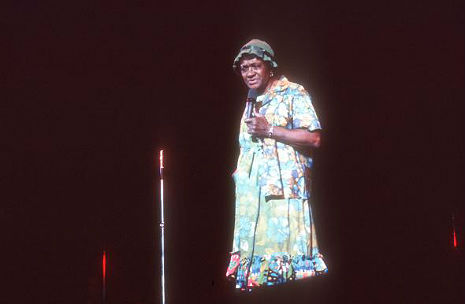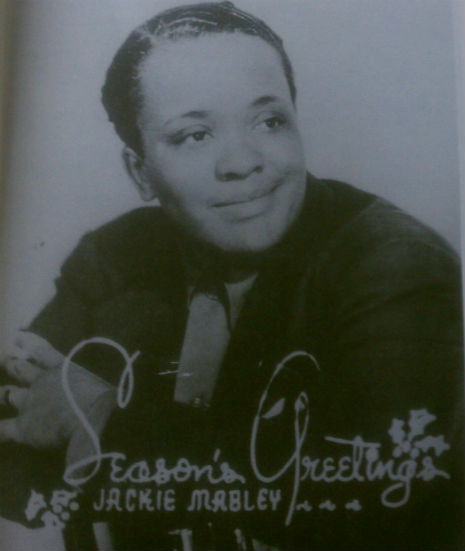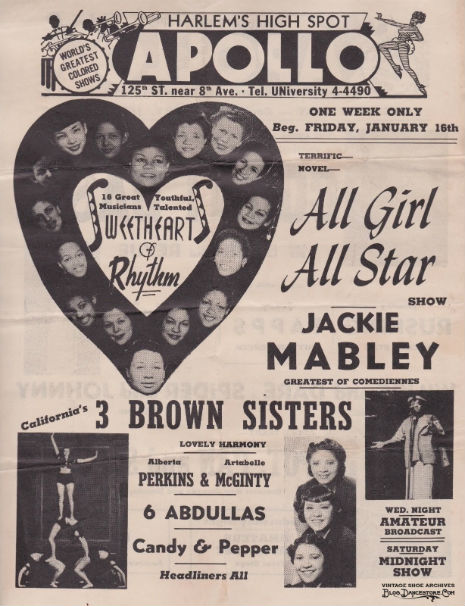
Toshio Matsumoto’s Funeral Parade of Roses is one of the most audacious and astounding feature films ever made, a visually-stunning hodgepodge of cutting edge 60s graphic design, Warholian underground cinema, documentary filmmaking along with wildly experimental editing techniques. Matsumoto’s dazzling freewheeling filmmaking breaks the Brechtian fourth wall several times—interviewing the actors about their roles and pulling a shot out to reveal the camera and lighting crew—and shows the influence of William Klein’s fashionista extravaganza Who Are You, Polly Magoo?, the films of Jean Luc Godard and Alain Resnais, even Alfred Hitchcock’s Psycho.

Funeral Parade of Roses is a furious and dizzying bombardment of violence, sex, and drugs. The 1969 film is well-known to have been a major influence on Stanley Kubrick’s adaptation of A Clockwork Orange, and we see this in the sped-up montage scenes set to classical music, the sound design and editing style, and art direction (not to mention the false-eyelashes and the phallic lollipops). It was produced via the Art Theatre Guild (ATG) the legendary Japanese production company and distributors of the country’s “New Wave” cinema that was shunned by the major studios. In one underground “in-joke” New York’s avant-garde cinema promoter Jonas Mekas is mentioned by name and quoted:
“All definitions of cinema have been erased. The doors are now open.”

All this and I’ve yet to mention that Funeral Parade of Roses takes place in Tokyo’s gay underworld—Bara no sôretsu is the original Japanese title, “bara” meaning “rose” which equates to the pejorative use of “pansy”—giving it a particularly edgy reputation for a film made in Japan in 1969.

More after the jump…































